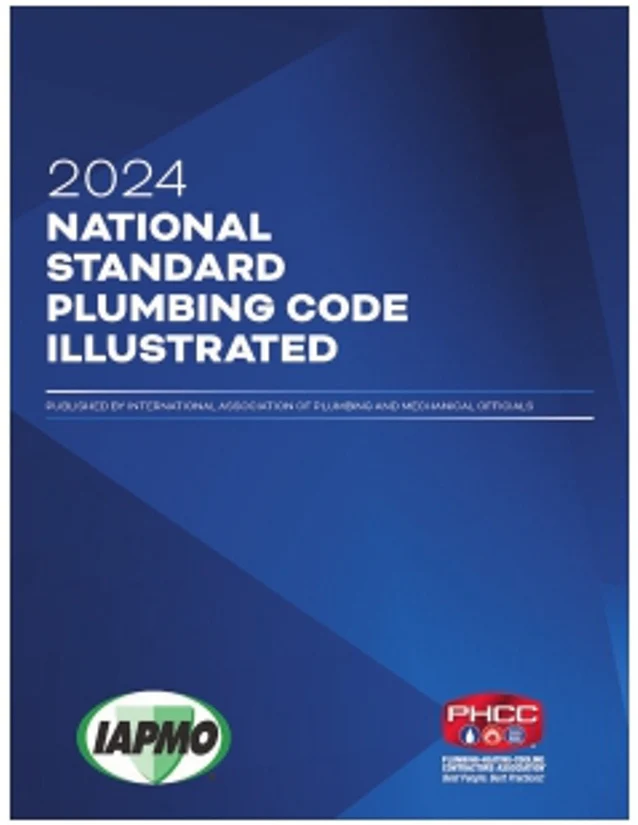Matt Michel: 8 steps of feature/benefit training
Start small and watch the sales flow.

Photo: monkeybusinessimages / iStock / Getty Images Plus
You would never send your plumbers into the field without training and tools, right? What about the necessary sales training? Here is a simple 8-step approach that you can weave into your weekly service meetings to boost your team’s effectiveness in promoting add-ons.
No. 1: Identify the products/services
What are the products or services you want your plumbers to introduce to your customers? Is it food disposers? Bio-enzymes for drains? A plumbing maintenance agreement? Tankless water heaters? Mixing valves? Water alarms? Water purification systems?
No. 2: Capture the features
For manufactured products, look for a list of features on the product’s box or on a website. For a service you offer, create your own list of features. Write these up in a list.
No. 3: Brainstorm the benefits
In the service meeting, introduce the product or service and pass out the feature list. Then, go down the list of features step-by-step and identify the consumer benefit(s) of each feature. A useful way to come up with the benefits is to use “which means” as a bridge.
For example, a product might feature a two-year parts and labor warranty. So what? What does that mean to the customer? Say, “It has a two-year parts and labor warranty, which means…”
Your plumbers might answer, “It means no worries for the next two years.” Or, “It means that if the product is likely to fail, it will be during the first two years when it will be replaced for free.”
No. 4: Write up the feature/benefit list
As your plumbers brainstorm the benefits as a group, write them on a whiteboard or flip chart. When you finish, take the feature list and add the benefits. “Feature 1, which means Benefit X and Benefit Y. Feature 2, which means Benefit Z.”
No. 5: Distribute the list
There are a myriad of ways to distribute this list. You could simply write it up and pass it out at the next service meeting. You could email it. You could make a selfie video where you go through the features and benefits, then upload the video to a company video page for your plumbers to access whenever they need a refresher. Or, you could employ multiple communication channels.
The entire feature/benefit exercise is focused on what’s in it for the customer. What is in it for the plumber? In addition to any pay benefits, offer a spiff of $10 or $20 on each sale.
No. 6: Create supporting collateral
If you can produce them, it helps to provide your plumbers with fact sheets or 3-panel brochures that stress the benefits of the product or service. At the start of a service call, the plumbers hand the fact sheet to the customer for the customer to review while the repair is ongoing.
When the stress of the repair is over, the homeowner might ask the plumber about the fact sheet. This is called a buying signal.
No. 7: Test the plumbers
After passing out the feature/benefit list and any supporting collateral, hold a contest for your plumbers to see who can recite the most features and benefits. Give the winner a gift card to a sandwich shop or sporting goods store. Add pressure by asking the plumbers to list their features and benefits while holding a burning match to simulate the pressure of standing in front of the customer.
No. 8: Spiff the sales
The entire feature/benefit exercise is focused on what’s in it for the customer. What is in it for the plumber? In addition to any pay benefits, offer a spiff of $10 or $20 on each sale.
The cadence
During the first week, you brainstorm. During the second week, you distribute the results of the brainstorming and brainstorm the next product or service on the list. During the third week, you test the product you brainstormed during the first week, introduce the spiff, and pass out the supporting collateral material. You also brainstorm another product and pass out the brainstorming results from the second product.
When you run out of products and services, start over. Chances are good that you will hire new people who are unfamiliar with the products you brainstormed.
Start with one product and watch the sales flow. Then add another. Then start the regular cadence.
Looking for a reprint of this article?
From high-res PDFs to custom plaques, order your copy today!









